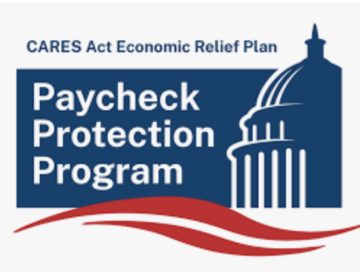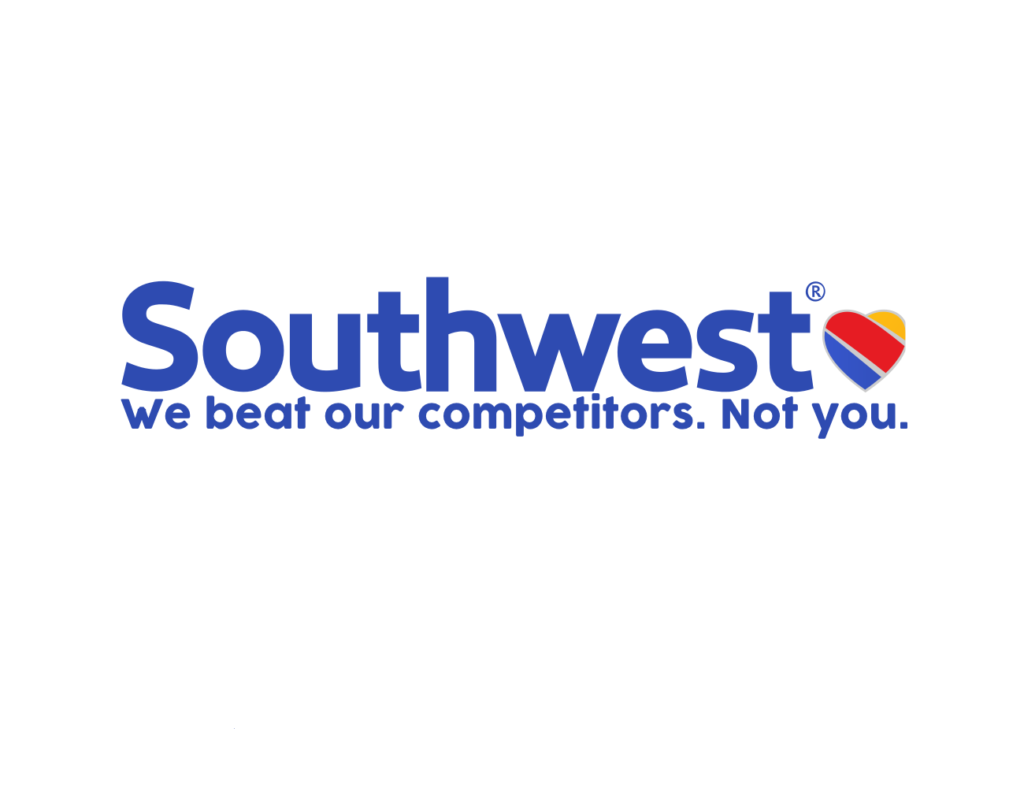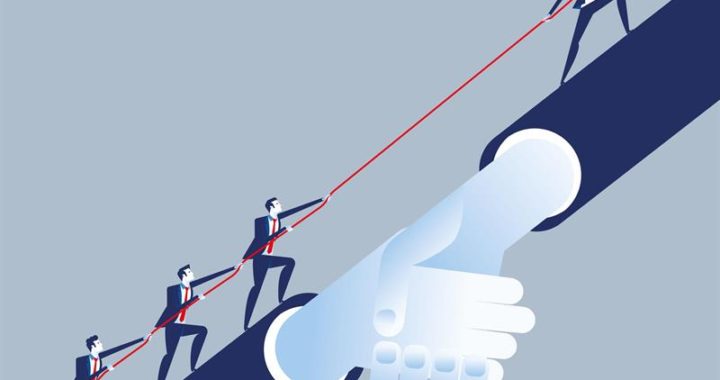Millions of business owners have taken advantage of the government’s Paycheck Protection Program.  While this robust plan has no doubt been beneficial, there’s another extremely effective Paycheck Protection Program that has been around well before the COVID-19 pandemic emerged. It’s relatively inexpensive, easily implemented, and can be used in any organization. Curious? Read on…
While this robust plan has no doubt been beneficial, there’s another extremely effective Paycheck Protection Program that has been around well before the COVID-19 pandemic emerged. It’s relatively inexpensive, easily implemented, and can be used in any organization. Curious? Read on…
Reading newspapers and watching the news it would appear that, in spite of the Paycheck Protection Program, all companies have been forced to reduce their workforce.  However, some companies have proven to be more resilient than others. Recent research – as chronicled in the Wall Street Journal – describes the factors that help explain why some companies have been forced to lay off and furlough employees, while others have not. It turns out that one of the determining factors is leadership.
However, some companies have proven to be more resilient than others. Recent research – as chronicled in the Wall Street Journal – describes the factors that help explain why some companies have been forced to lay off and furlough employees, while others have not. It turns out that one of the determining factors is leadership.
Each year, the Drucker Institute develops a ranking of the most “effective” companies – defined by Mr. Drucker as “doing the right things well”. Researchers examine hundreds of publicly traded companies through a variety of indicators across five categories. One significant category is employee engagement. At the end of this thorough analysis, a ranking of companies – from the most effective to the least effective – is created. The 2019 list was developed in November.
Researchers at the Drucker Institute wanted to know if the top 100 companies on their 2019 list were more resilient to workforce reductions than the 500 companies of the S&P 500 cohort. Staff reductions of all companies were compared from March 1, 2020 to mid-July 2020.
…top performing companies have leaders who treat their employees like trusted partners…they’re committed to having layoffs be the last resort, not the first.
The results were stark. Through that 14-week period, 16% of the S&P 500 announced either a layoff or a furlough. By contrast, only 8% of the Drucker Institute’s top 100 companies had made such moves over the same span.
Referring to this study, the Harvard Business Review commented that “…it isn’t just a strong balance sheet that separates the leading companies from the laggards in a crisis. These top performing companies have leaders who treat their employees like trusted partners, not like hired hands.”
It turns out that leaders in the top performing companies are committed to having layoffs be the last resort, not the first. Instead of laying off their employees they turn to them for innovative ways to survive.  Employees are able to concentrate on serving customers and dreaming up solutions and new products, rather than worrying about their jobs. This in turn fortifies the company’s financial strength, which helps keep the workforce intact. Throughout this virtuous circle, enormous trust is created up and down the chain of command, and the company not only weathers the economic storm much better than others, but is better poised to weather the inevitable next crisis.
Employees are able to concentrate on serving customers and dreaming up solutions and new products, rather than worrying about their jobs. This in turn fortifies the company’s financial strength, which helps keep the workforce intact. Throughout this virtuous circle, enormous trust is created up and down the chain of command, and the company not only weathers the economic storm much better than others, but is better poised to weather the inevitable next crisis.
Southwest Airlines is one of the companies on the Drucker Institute’s top 100 list.  Their CEO, Gary Kelly stated, “Our goal is, first, no involuntary furloughs; second, no cuts in pay; [and] third, no cuts in benefits. Before we ever get to that point, we will see voluntary retirement and early-out programs.”
Their CEO, Gary Kelly stated, “Our goal is, first, no involuntary furloughs; second, no cuts in pay; [and] third, no cuts in benefits. Before we ever get to that point, we will see voluntary retirement and early-out programs.”
The bottom line: In a crisis these leaders continue to see their employees as a vital asset, not as an expendable resource or potential cost-savings.
It would indeed appear that the best Paycheck Protection Program is to work for a company with engaging and caring leaders. Be a great leader. When the crisis hits, commit to having layoffs be the last resort, not the first.
